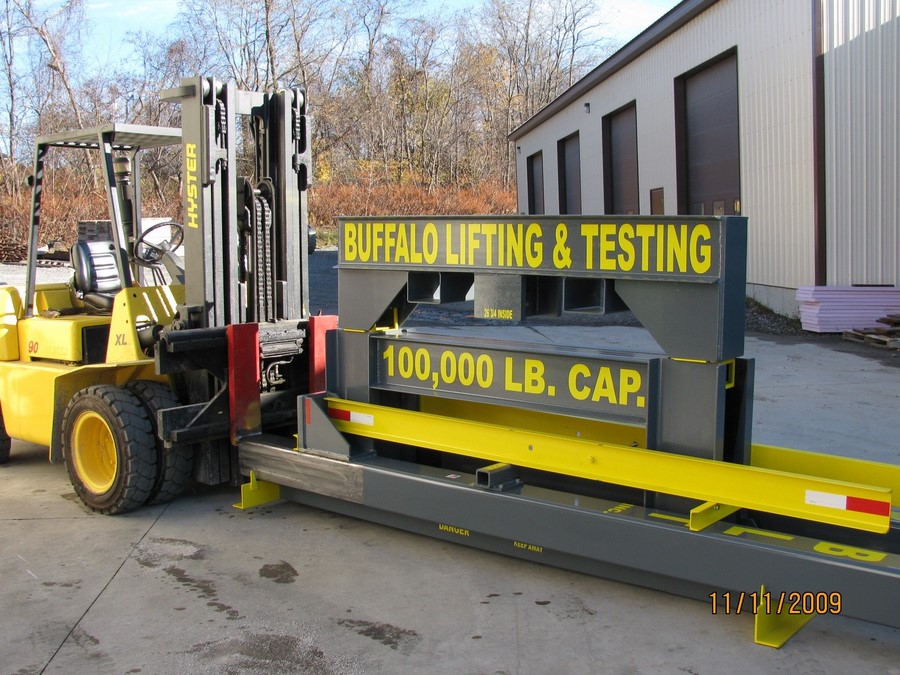Safety First
 To ensure a safe work place, it is important to recognize and observe guidelines and safety tips for proper usage of all structural and mechanical lifting devices per ANSI/ASME B30.20 and BTH-1. There are general practices that should be followed for such equipment, as well as specific instructions by the manufacturer for a given product and specific application. Below are some guidelines for safe usage of below-the-hook structural and mechanical lifting devices.
To ensure a safe work place, it is important to recognize and observe guidelines and safety tips for proper usage of all structural and mechanical lifting devices per ANSI/ASME B30.20 and BTH-1. There are general practices that should be followed for such equipment, as well as specific instructions by the manufacturer for a given product and specific application. Below are some guidelines for safe usage of below-the-hook structural and mechanical lifting devices.
Scope:
ANSI/ASME B30.20 and BTH-1 applies to structural and mechanical lifting devices that attach below the crane hook. The provisions of this group apply to the design, construction and marking, inspection, maintenance, testing, and operation of such lifting devices.
Design, Construction, and Marking:
General design and construction of the lifter is to withstand forces imposed by its rated load with a safety factor of 3:1 based on material strength and based on the BTH-1 design category and service class provided by customer.
. Each lifter should be painted a safety color, such as safety yellow or safety orange, and visibly stenciled on two sides with the rated capacity. The manufacturers stamped metal nameplate or other permanent marking shall contain: rated capacity, serial number, model number, year manufactured, and lifter weight.
Inspection:
Prior to initial use and prior to each lifter afterwards, all new, altered, modified, or repaired devices should be inspected by a qualified person. Personnel should look for wear at contact points, structural deformation, malfunction or improper operation of the lifter, loose or missing components, and cracks or fractures.
Maintenance:
A maintenance program should be established for all lifting devices. Repairs and adjustments should be done only under the direction of or by a qualified person and should be corrected before the lifting device is put back into service. Replacement parts should be equal to the manufacturers specifications.
Testing:
Prior to initial use, all new, modified, or repaired structural or mechanical lifting devices shall be load tested to a minimum of 125% of the rated load capacity to ensure compliance to ANSI/ASME B30.20and BTH-1 specifications. Test loads shall not exceed 125% of the rated load unless otherwise recommended by the manufacturer of such lifting devices and a test certificate issued for each device.
Operation:
The operation of structural and mechanical lifting devices shall be performed by appointed personnel that are qualified for but not limited to: adjustments of the lifter that would allow various sizes or types of load, instructions in special operations or precautions, condition or balance of the load itself required for the operation of the lifter, procedure of storage of the lifter to protect it from damage, that the rated load capacity of the lifter and hoisting equipment not be exceeded, and the operators shall demonstrate the ability to operate the lifting device prior to assuming responsibility.
You shall be able to maintain a safe work place for all employees by following these general guidelines for the operation of structural and mechanical lifting devices. If you need further information regarding ANSI/ASME B30.20 and BTH-1 specifications or OSHA Standards, feel free to contact BLT, Inc.